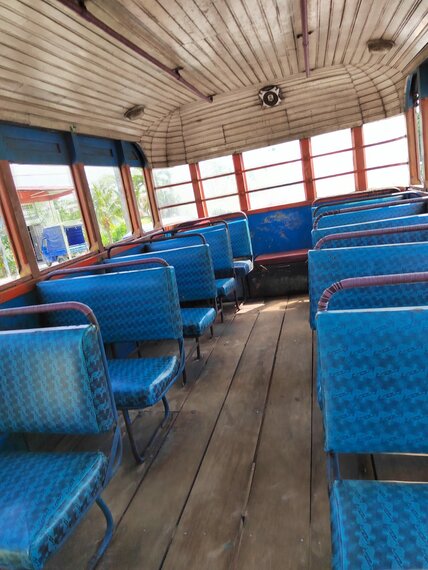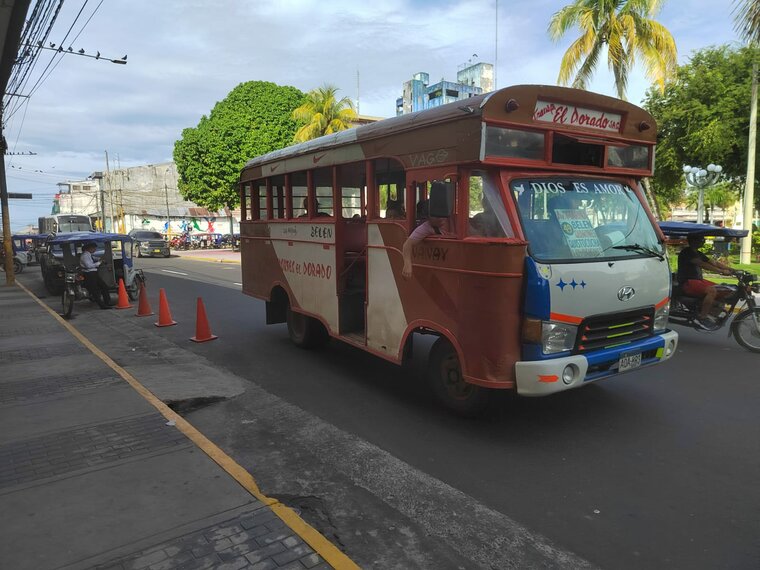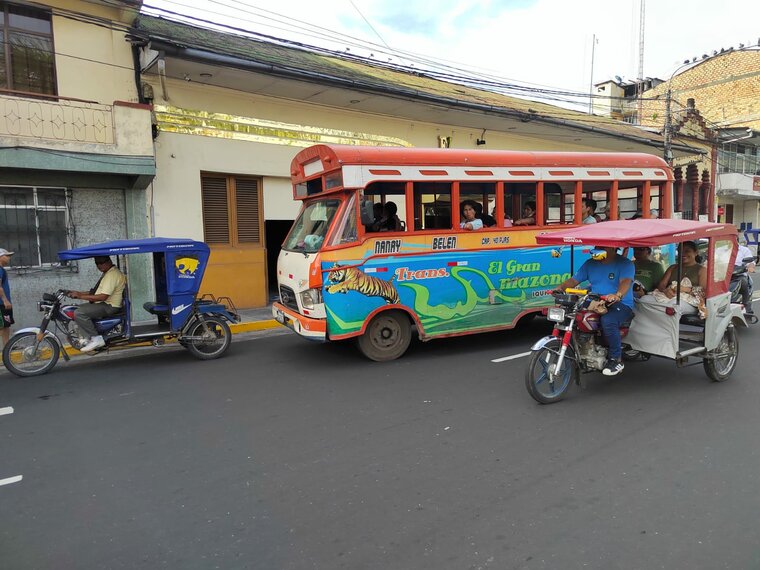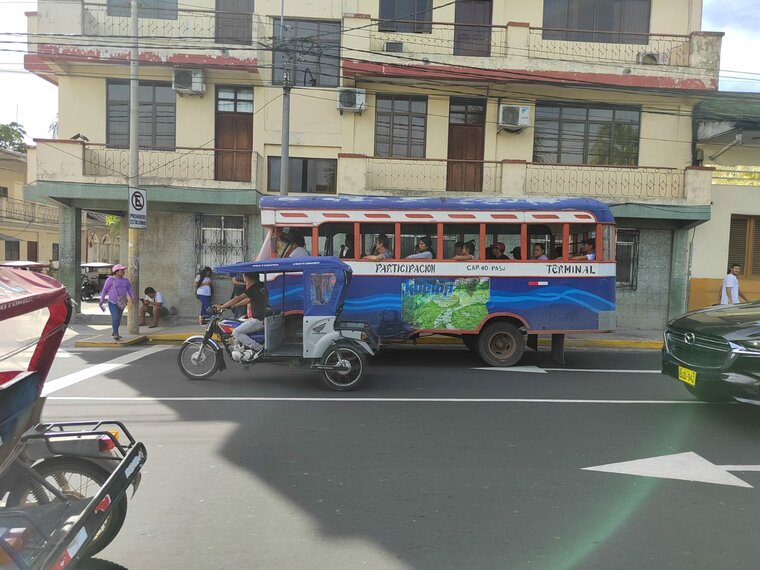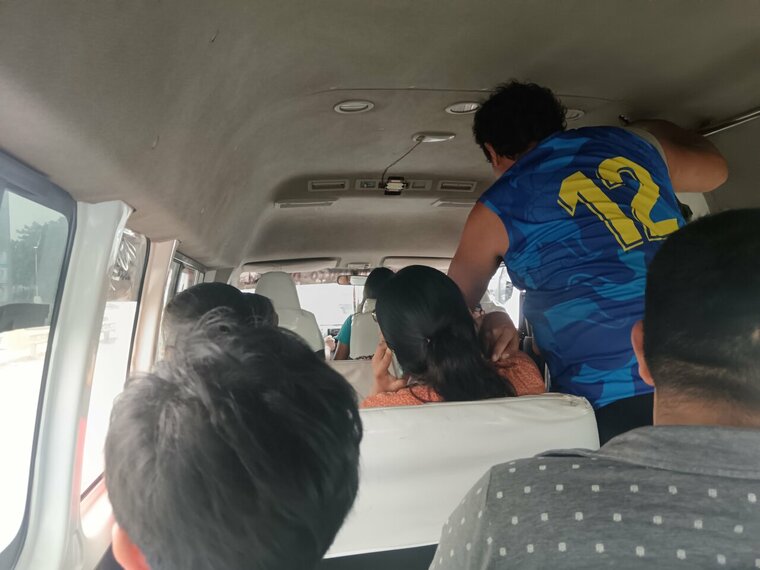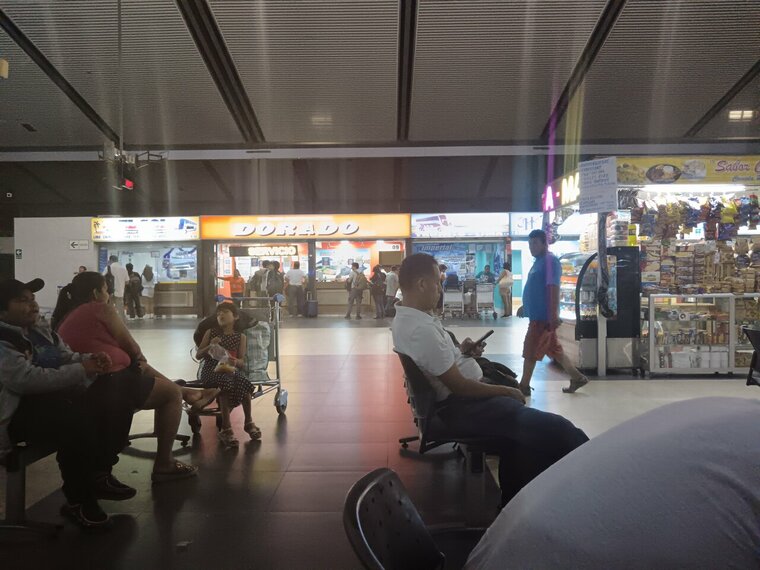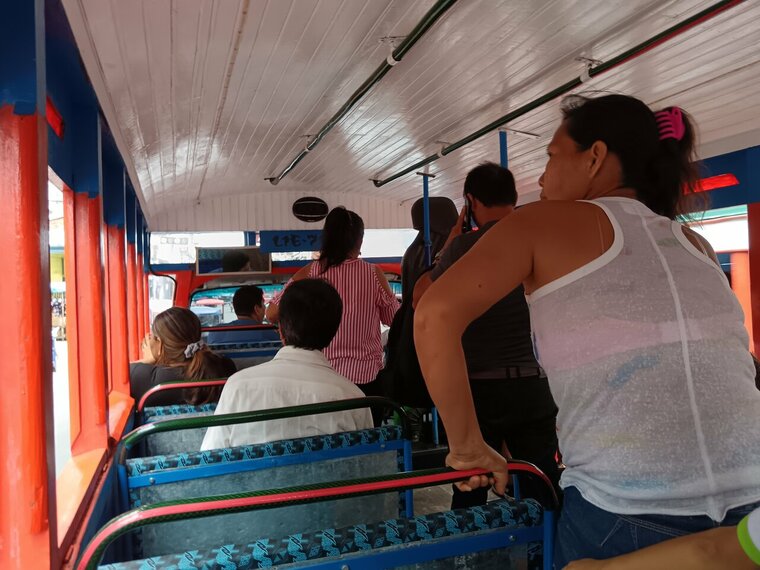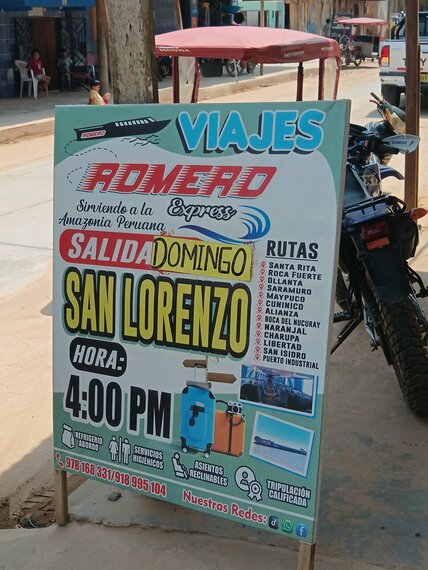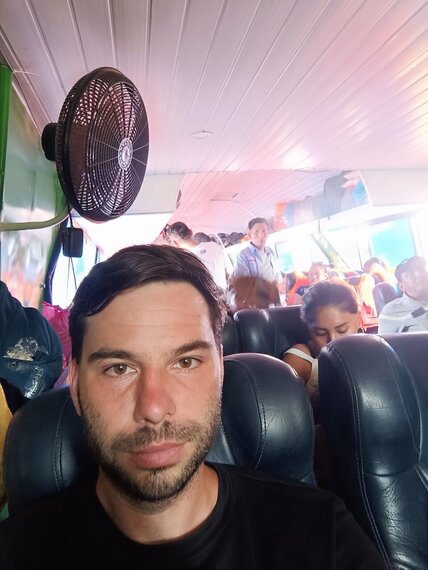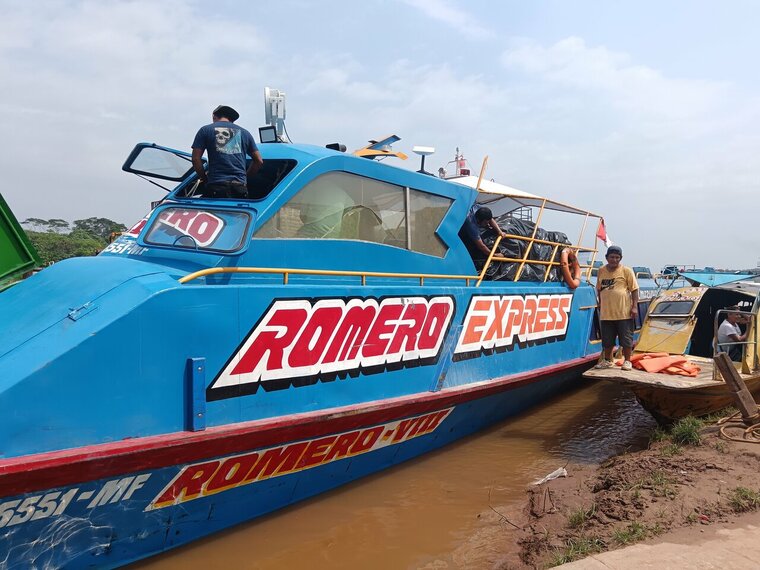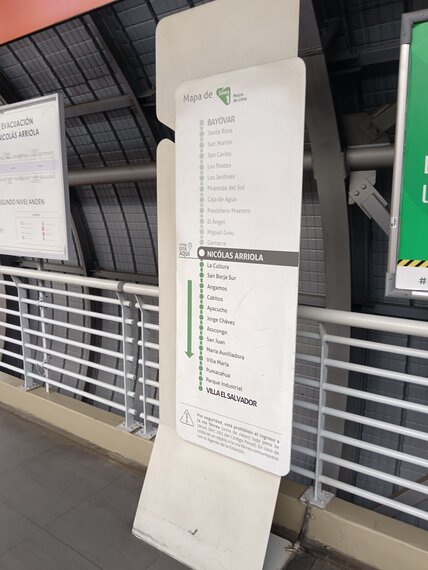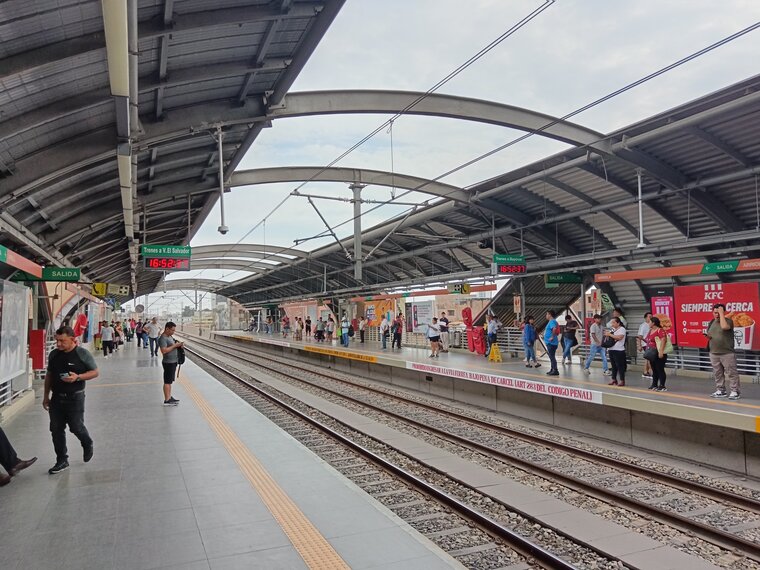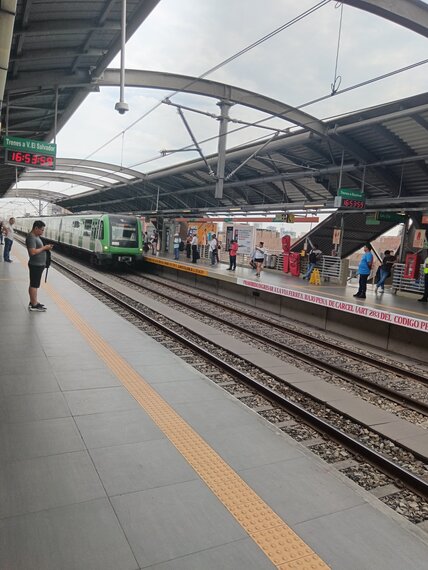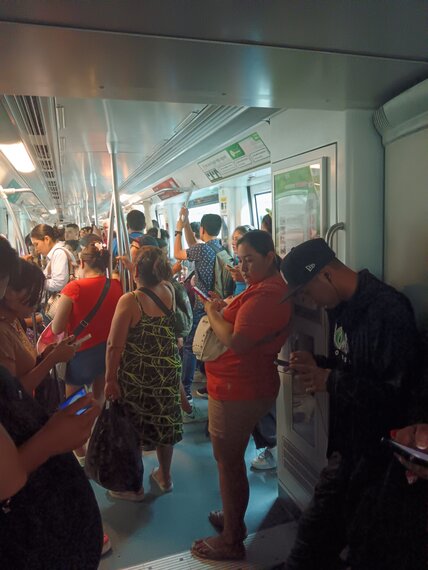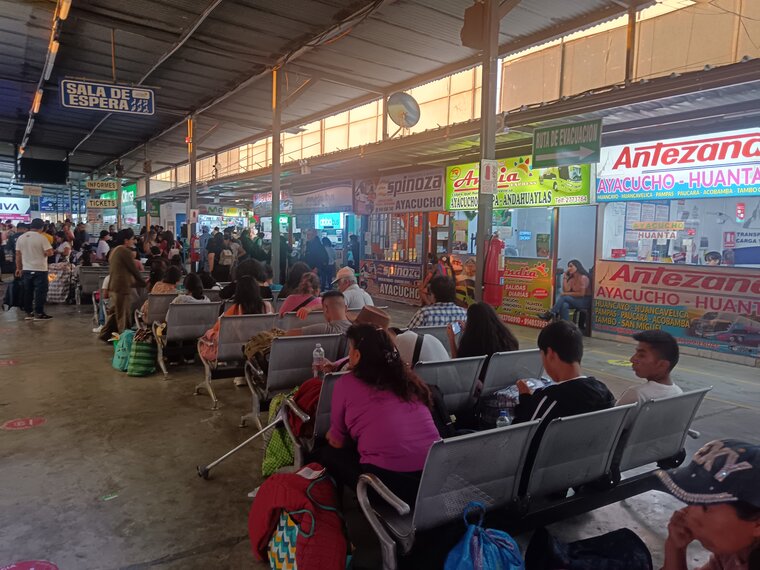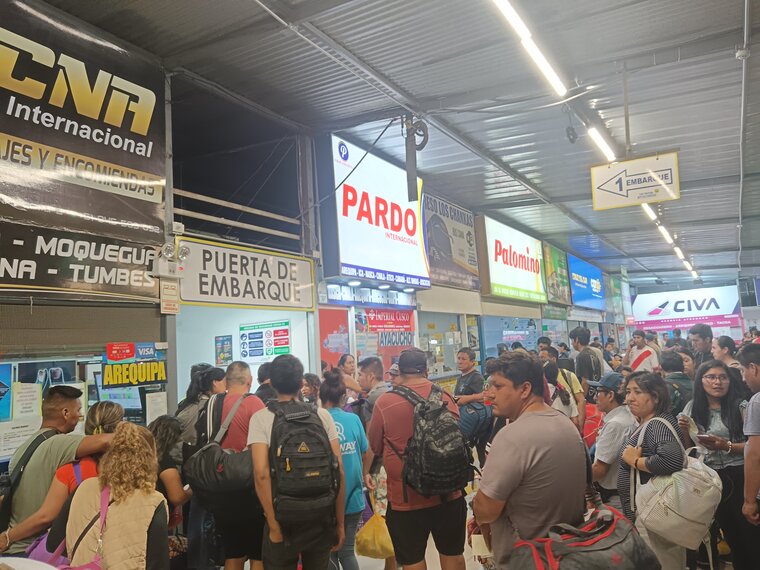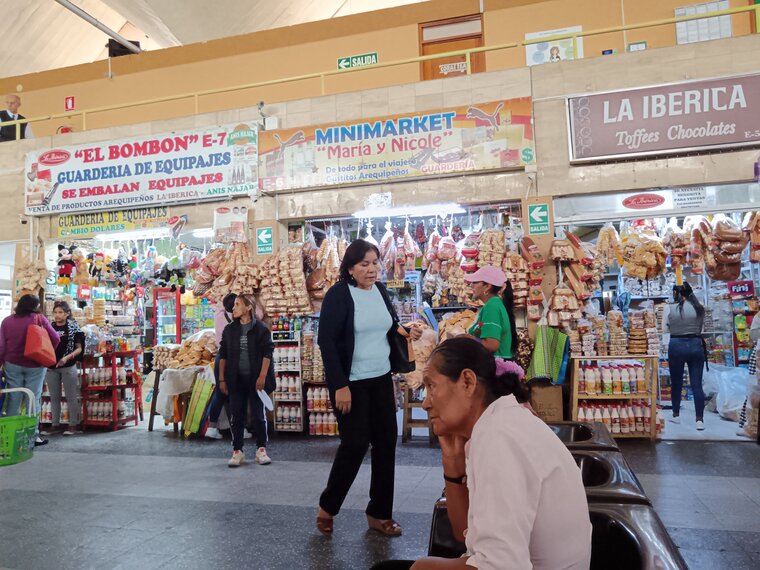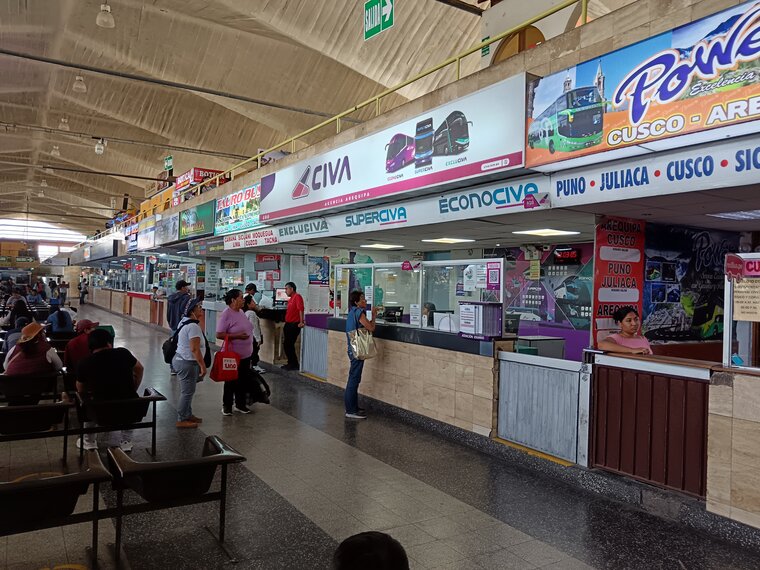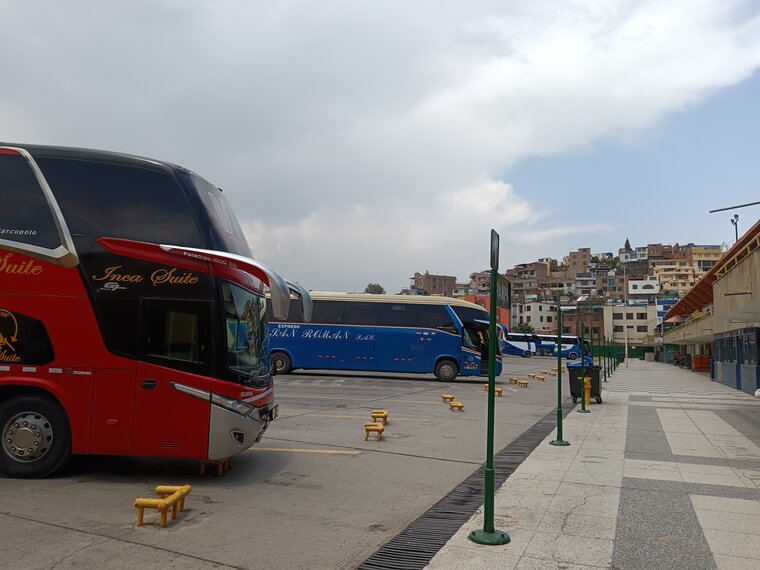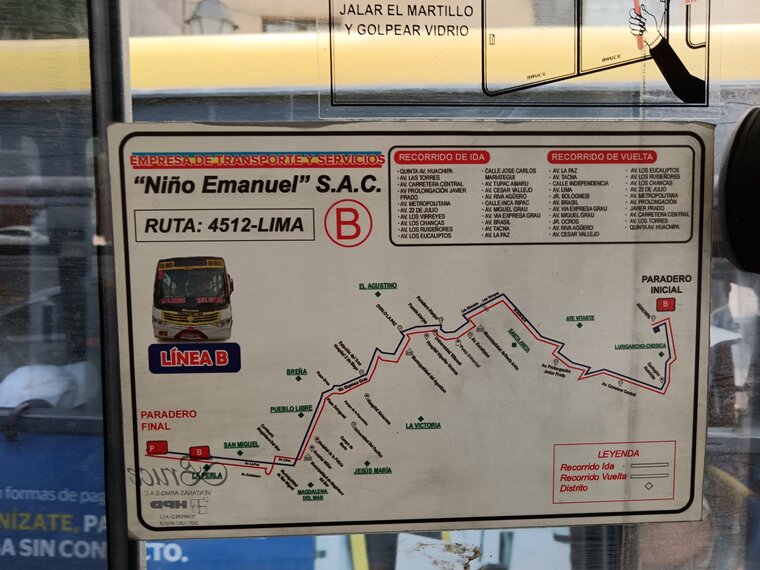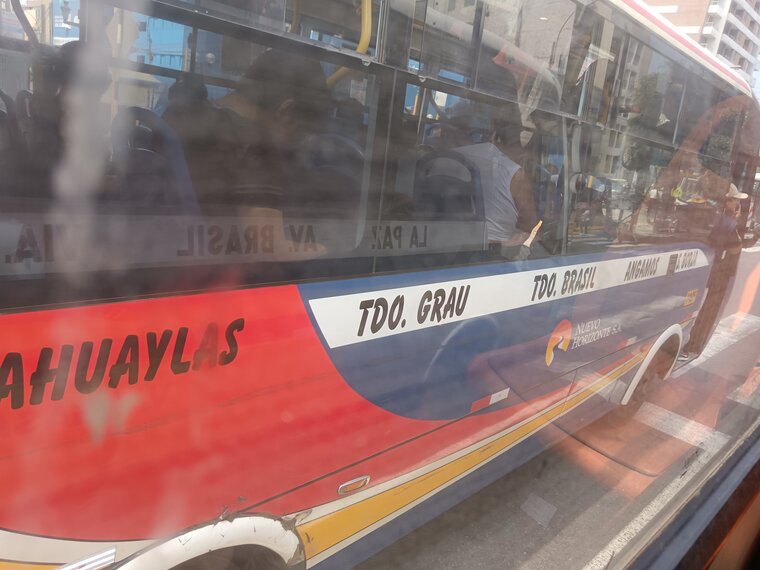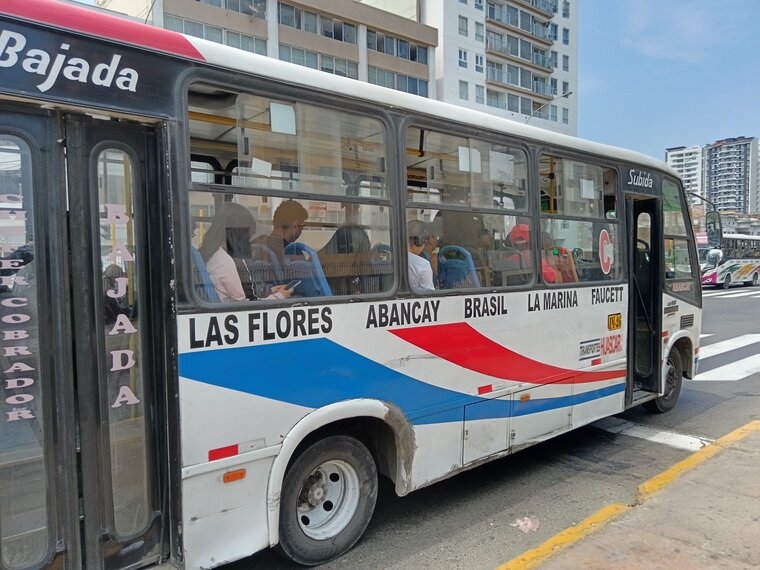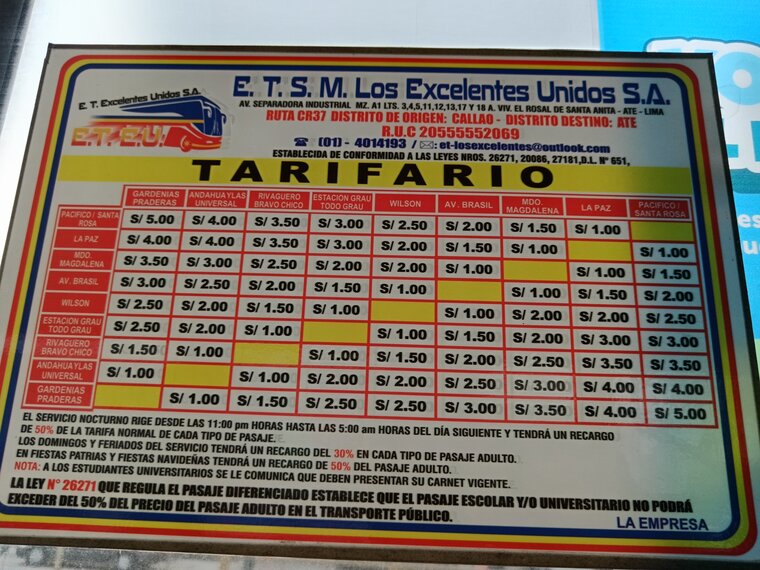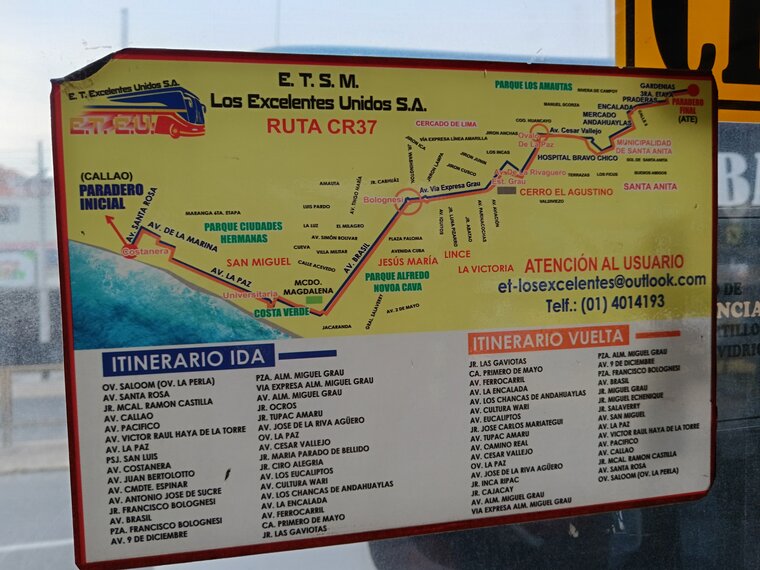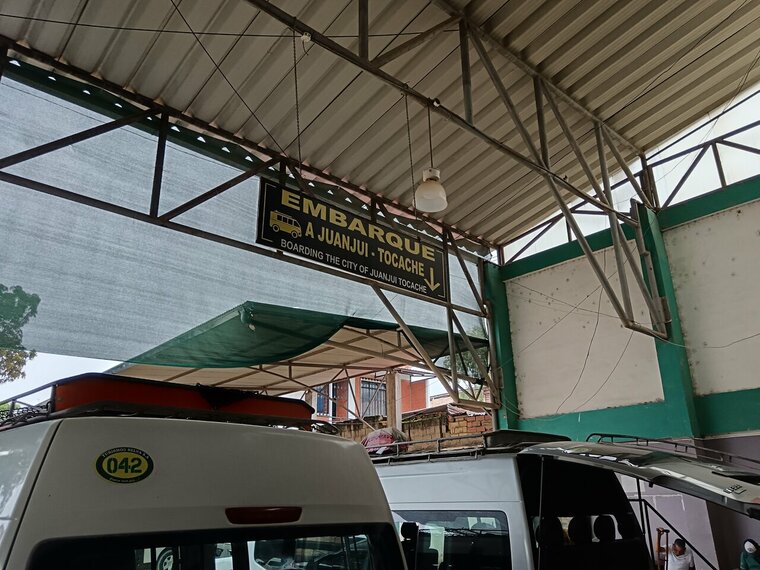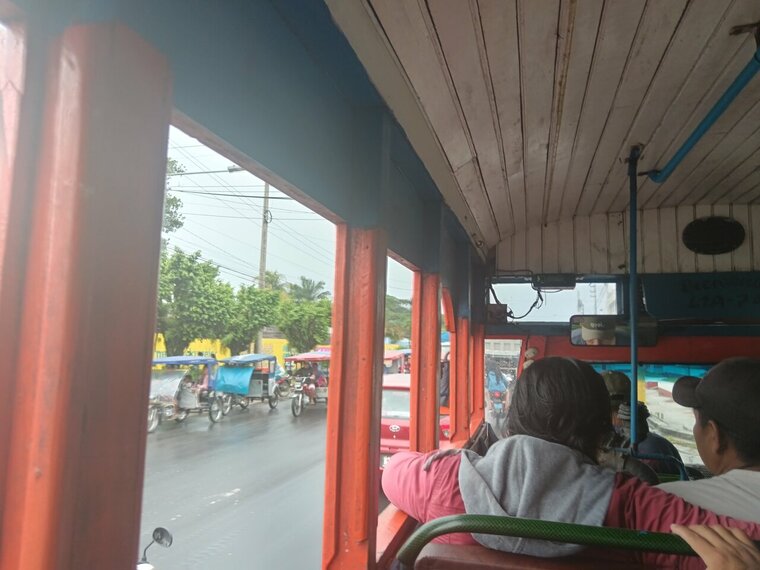
Transport in Peru
Understanding the public transport system of Peru with a European mind might be challenging. We have well organised companies usually responsible for a whole city or region.
Now imagine that there is no railway and no regional public transport company nor state intervention. Imagine that we have like a hundred companies like flixbus (that’s the closest I can think of) and they are all providing some kind of service. Which road they are operating on or which vehicle they are using, is their decision. Something like this is the heart of public transport but in details it differs in every city and region.
Trujillo (Population: 800 000)
Trujillo is a big coastal city with limited numbers of tourists. In terms of transport it is a good example for Peru.
Long distance travel: The city has a huge modern Bus Terminal called Terrapuerto. From here you can reach all the major cities of northern Peru: Lima, Chiclayo, Tarapoto, Chachapoyas or Piura. It’s a bit far from the centre so most of the travellers use a taxi to get to their final destination however it is easy to get a “collectivo” to the centre as well.
Short distance travel: There are of course taxis with a fair price. A ride usually doesn’t cost more than 10-20 Soles. And there are “Collectivos” which are small vans roaming around the city. They are all run by small companies. They have fixed prices which are usually written on the window. In Trujillo it is 2 Soles for adults. The route they are driving on is also fixed but this part is a bit harder to figure out. Final station is usually written on the front of the car, but with no local knowledge it is often difficult to figure out where the “collectivo” is going to take me. Most of the time it was just gambling. The best part is that these buses are very frequent. In the centre you never have to wait more than one minute, and in rural destinations waiting time still doesn’t get longer than 10 minutes.
Pedestrian: Most parts of the city are walkable. Usually every street has pavement on both sides of the road and most part of the year the weather also fits for walking. The cars are dangerous though, there is no respect for pedestrians here. Cars will honk on you sometimes even when there is a green light for pedestrians. The centre even has a pedestrians street packed with shops and restaurants.
Biking: Surprisingly I did see biking lanes but there are only a very few bikers here.


Huaraz is much smaller than Trujillo and as such they don’t have a Bus terminal. Every bus company has its own little terminal instead which makes it harder to find the right company to your destination. Collectivos and Taxis are working the same way as they do in Trujillo. The climate is nice and chilly so many people are walking around here. There are a few bikers as well but since the city is on a hill it is not that easy.

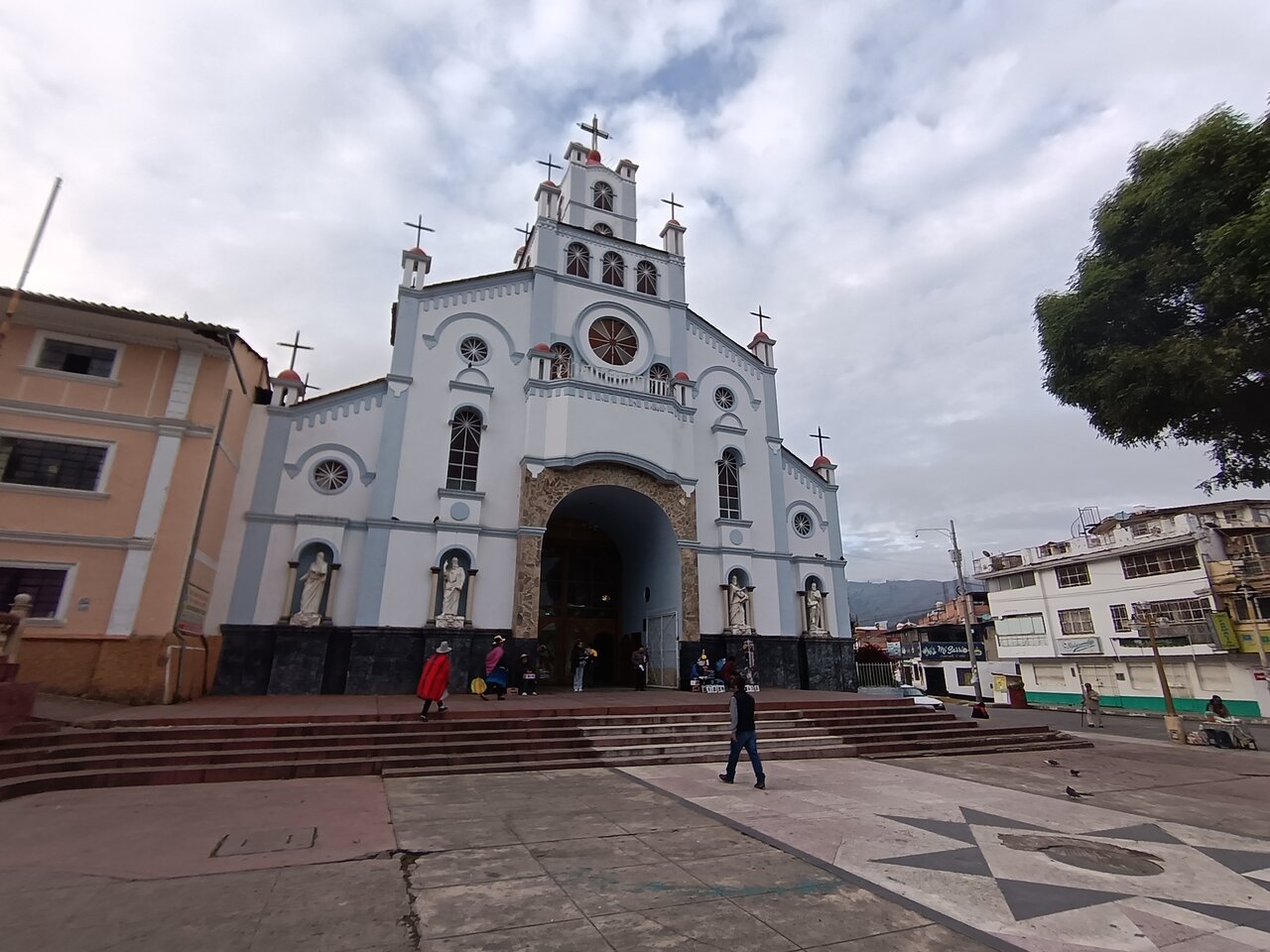
Tarapoto the absolute disaster (Population: 200 000)
If you wanna see chaos, you wanna see Tarapoto. Despite its relatively big size there are no collectivos operating in the city. Within the city you can only travel by tuk-tuks or as they call it Motokars. Despite having a bus terminal for long distance buses, most companies doesn’t stop there. They have their own terminal instead. For mid distance travel there are some companies running collectivos but mostly you can only choose shared car services which work similar to collectivos but they use normal cars with only four or maximum 6 seats. The climate is hot so walking and biking is almost non-existent here. Everyone rides a motor or a motokar. Even normal cars are very rare.
Prices:
Tuk-tuk ride 4-8 Soles. 20 for outside of the city.
Collectivo to Lamas: 15 Soles
Collectivo to Yurimaguas: 20 Soles
Shared car to nearby cities such as Moyobamba, Bellavista, Juanjuí: 30-60 Soles
Normal Bus to Lima, or Trujillo: 100 Soles


Iquitos is the largest city on earth without road connections that is not lying on an island. I would have expected even bigger chaos than in Tarapoto but transport in Iquitos turned out to be quite well organised.
Long distance boats: The city is connected to the world by several waterways. There are direct boats to Yurimaguas (2-3 days), Pucallpa (4-5 days). Or you can travel to Leticia (Colombia), or Brazil in two days.
There is also a shortcut. You can take collectivos to Nauta for 15 Soles. The city is two hours away by car but would be 8 on the boat.
Urban transport: I absolutely love their buses. They are made of wood on a Hyundai frame and are colourfully painted. 99 percent of the buses are the same but I’m not sure that they are run by the same company. Price of a trip costs 2 Soles, 3 Soles outside of the city.
Tuk-tuk-s are playing a significant role here similar to Tarapoto and they also have very few cars for understandable reasons.
Small boats as public transport There are also boat services to every village around Iquitos. They cost 3-5 Soles.


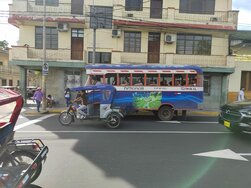



La oroya is a small city but lies on one of the main roads leading to Lima so it is easy to catch a bus to Lima and they have collectivos to Tarma or tu Huancayo.
Maybe they have the most mind blowing public transport I’ve ever seen. In several stops in the city cars are waiting in lines to bring you to another part of the city. The fair costs only 1.2 Soles, Yes it is not a typo. It is less than two Sol two get a ride on a car and sometimes they don’t even wait to have a full car. They just leave with one or two passengers.
Cusco (Population: 500 000)
Arequipa (Population: 1 000 000)
Cusco and Arequipa are very similar in the sense of transport as well. Long distance buses are leaving from the designated bus terminal. In urban transport chaos is there but they have bus stops that are actually respected. It seems like Arequipa has a bus company, meanwhile in Cusco there are still many different providers. Both cities have multiple bike lanes and pedestrian only streets.


Lima, the real Chaos (Population: 11 000 000)
Did I say that Tarapoto was a disaster? Well Lima tops that in every possible way. They have taxis, tuk-tuks, collectivos, Short Buses and long distance buses, buses in strictly separated bus lanes, buses in less strictly separated bus lanes and Metro. My favourite part is that to use many of these systems a card is needed, but it never works for other services. Even the recently opened metro line 2 will have its own card and you won’t be able to use it anywhere else. This is Peruvian efficiency at its best…





